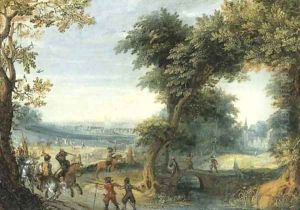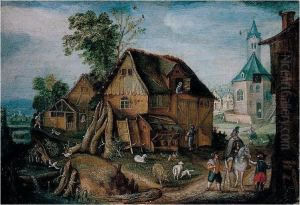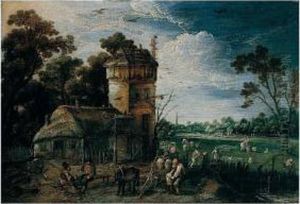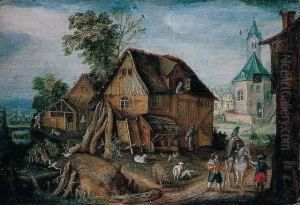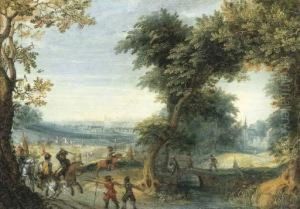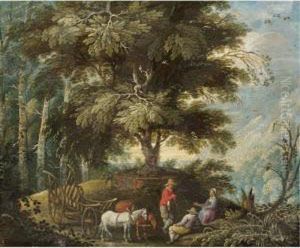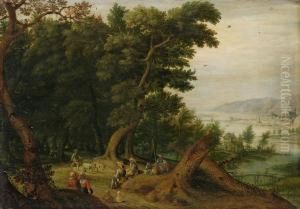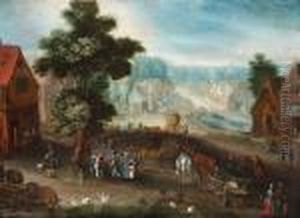Mattheus Adolfsz Molanus Paintings
Mattheus Adolfsz Molanus, also known as Matthias de Molanus or Matthieu de Moulins, was a lesser-known artist from the era of the Northern Renaissance, primarily recognized for his contributions as a scholar rather than as an artist. Born in Lille, which was then part of the Spanish Netherlands, in 1546, Molanus is more widely remembered for his role in the Catholic Counter-Reformation.
Molanus studied at the University of Leuven, where he would later serve as a professor of theology. His involvement in the arts is most notably connected to his theological and academic work. He is best known for his treatise 'De picturis et imaginibus sacris,' which is translated as 'On Sacred Paintings and Images.' This work, published in 1570, provided guidelines for the creation of religious images that conformed to the decrees of the Council of Trent. The council had been convened by the Catholic Church to respond to the challenges posed by the Protestant Reformation and to reaffirm Catholic doctrine, including the appropriate use of religious images.
Molanus's guidelines were significant in that they sought to regulate the depiction of sacred subjects in art to prevent idolatry and heresy, which had become concerns during the Reformation. His treatise advocated for a clear, didactic, and decorous style that would educate and inspire the faithful while adhering to the doctrinal purity of the Catholic Church.
Though Molanus's direct contributions to the arts as a creator are not well-documented, his influence on the art of the Counter-Reformation is recognized. He had an impact on the way religious art was approached in the Spanish Netherlands and beyond, and his ideas were taken into account by artists of the period who sought to align their work with the Counter-Reformation's objectives.
Mattheus Adolfsz Molanus passed away in 1613. While he may not have achieved fame as a painter or sculptor, his legacy as a theologian who shaped the Catholic Church's approach to religious art during a critical period of its history is an important aspect of his biography.
